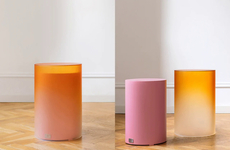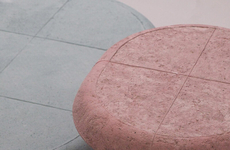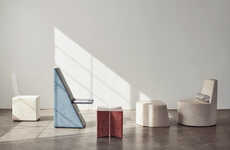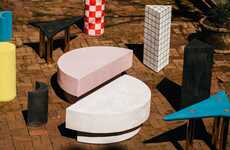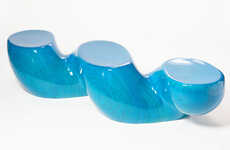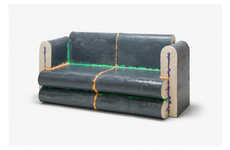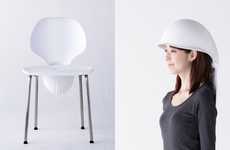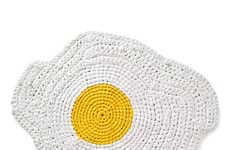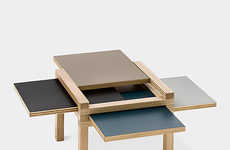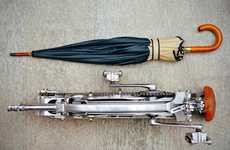
The Importance of the Obvious by Matthias Borowski is Delectable
Meghan Young — November 27, 2013 — Art & Design
References: kollektivpluszwei & itsnicethat
The Importance of the Obvious furniture collection sounds like a name for a Jane Austen or Oscar Wilde novel. Laced with clever wit and dubious intentions, it refers to the creative use of texture for each design. Inspired by an assortment of candies, the pieces are deceptively delicious and entirely playful.
Designed by Matthias Borowski for his MA project in contextual design from the Design Academy Eindhoven, The Importance of the Obvious furniture collection impressively translated colors, textures and layers of liquorice, nutty nougat and more into stools, benches and tables. The designer writes, "I’ve taken a close look at food, which, although itself a material, requires entirely different and often unique or experimental preparation methods."
Designed by Matthias Borowski for his MA project in contextual design from the Design Academy Eindhoven, The Importance of the Obvious furniture collection impressively translated colors, textures and layers of liquorice, nutty nougat and more into stools, benches and tables. The designer writes, "I’ve taken a close look at food, which, although itself a material, requires entirely different and often unique or experimental preparation methods."
Trend Themes
1. Food-inspired Furniture - Designers are drawing inspiration from edible items to create delightfully playful furniture pieces with textures and colors mirroring different food items.
2. Contextual Design in Furniture - Creating furniture that is site-specific, or contextual, requires taking a close look at the surroundings to ensure that the designs enhance rather than distract from the environment.
3. Texture-based Design - Designers are experimenting with a variety of textures and materials to create furniture that is not just functional but also adds a visual and tactile dimension to any environment.
Industry Implications
1. Furniture Design - There is an opportunity for furniture companies to create innovative, playful furniture designs inspired by edible items that add a touch of whimsy to any space.
2. Interior Design - Interior designers can help clients create unique and fun spaces by incorporating furniture pieces with textures and colors influenced by different foods and textures.
3. Food Industry - The food industry has an opportunity to collaborate with furniture designers to create pieces that elevate the dining experience and bring together the worlds of food and design.
6
Score
Popularity
Activity
Freshness

